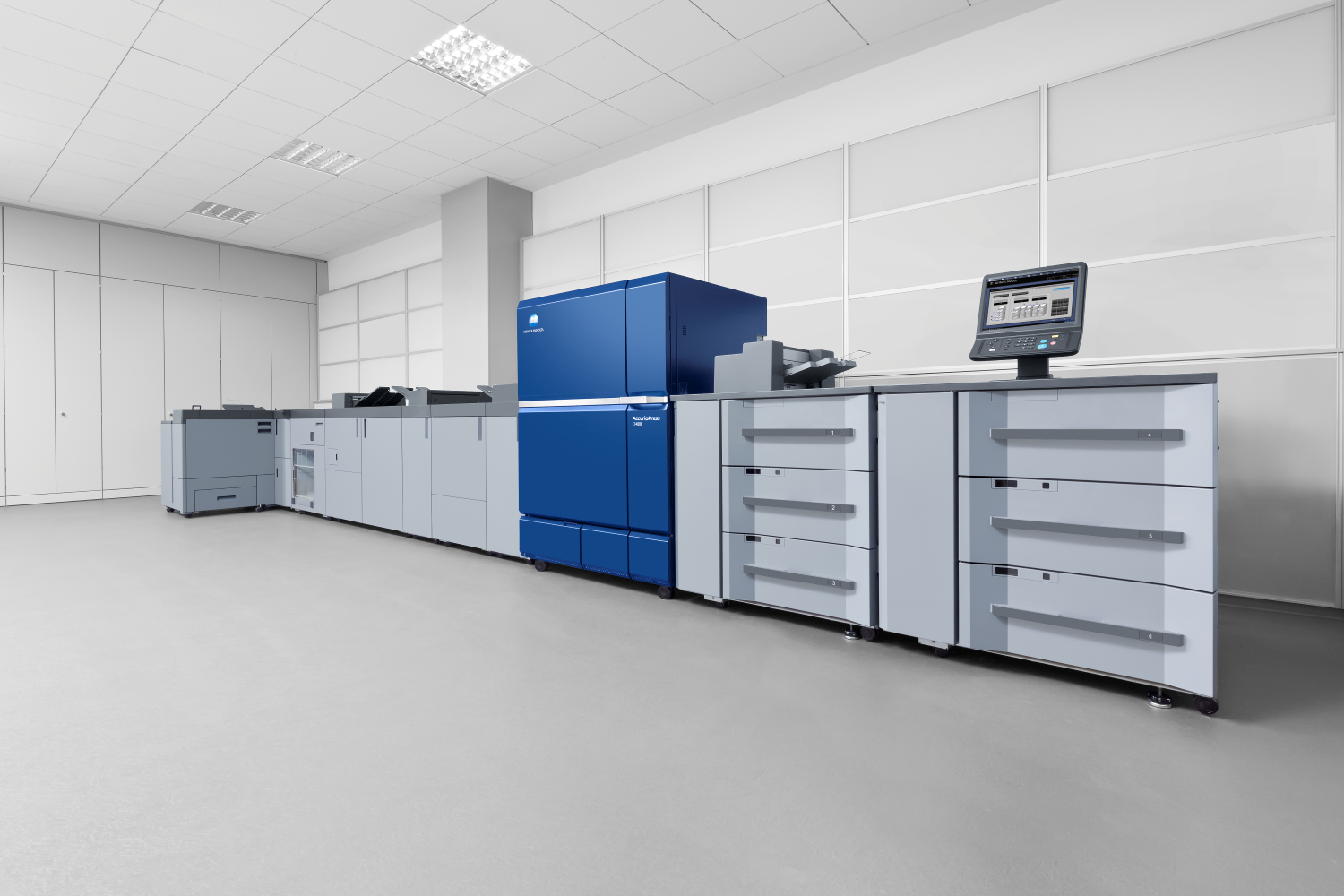Workplace interaction is changing faster than ever, which means our workplace environment has to adapt to keep up. However, one thing that will stay consistent is the need to collaborate. We take a look at the next chapter for three areas we’ll all experience collectively.
1. Put the space in workspace
Keeping collaboration levels up and nurturing a strong team are directly influenced by how you build your space. It can be as simple as making sure there is a high proportion of group spaces versus individual or enclosed spaces. A great example of this is headphone and audio company Skullcandy’s approach. At their office in Zurich, desks fit together like puzzle pieces, so they can be reassembled as the collaborative needs of the team change.
2. Get flexible
Research firm Gartner divulges that the average worker is active in five informal ‘teams’ and utilises a combination of face-to-face and remote interactions. These increasingly-flexible ways of working not only offer greater opportunities for collaboration, but also for how we set up our workplaces.
Dr Natalie Skinner, senior research fellow at The University of South Australia argues that the optimal approach for productivity, creativity and well-being is a mixture of remote/online and in-person contact. Traditional ‘physical’ offices are now best suited to being open environments for workers to schedule physical interaction with colleagues. This reduced need for physical office space, with remote and cloud-based working taking up the slack, has big potential for cost savings.
3. Network smarter
A successful business relies heavily on sustaining strong relationships, and the opportunities for networking have never been more exciting. The latest apps go far beyond online business communities and professional matchmaking: They can help with more fundamental issues like the most efficient place to meet up, remembering people’s names, and attending the right events/conferences. Try ‘Happening’ for professional events near you, ‘MeetMe’ for halfway-point meeting venues, or ‘Namerick’ to help you put names to faces.





